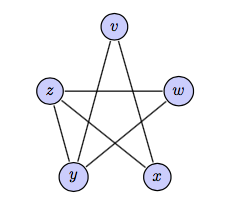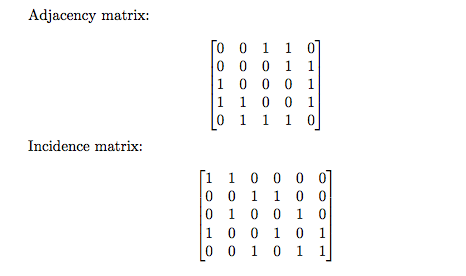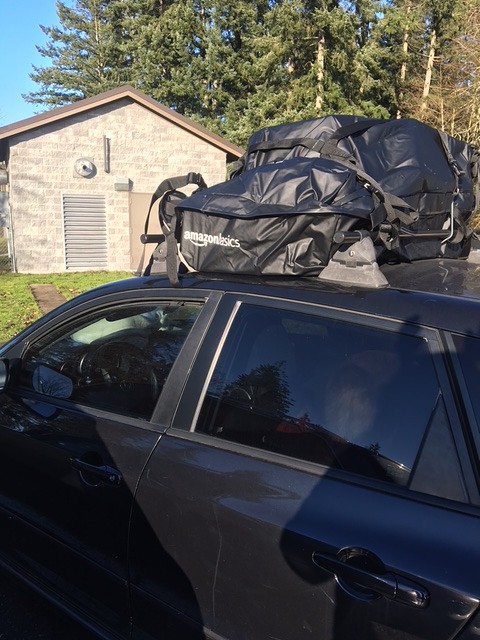Although I’ve been playing the ukulele for over a year, I decided to pick up the guitar four months ago, when I returned to Seattle after spending the Christmas holidays in sunny southern California.
During my visit, my little 13 year old brother and I would occasionally jam. Me on my tenor ukulele strung with a low G, him on his electric guitar (and occasional grand piano). We’d take turns playing rhythm, a steady tempo of 80 beats per minute. I would start with strumming a simple I, IV, V progression (i.e. C, F, G), him soloing in the key of C. Then we would swapped roles, him shredding his guitar, me applying my (little) music theory, picking and plucking away, one note at a time.
One day, while driving in the car by myself from Orange County to Northridge to my mother’s house, I was playing Spotify on my iPhone, music blaring through my Black Mazda hatchback’s speakers, acoustic and indie songs playing, one after another. Spotify was playing songs listed in my “discover weekly”, a playlist algorithmically Spotify created based off of my listening behavior (i.e. listening to a handful of 80s music and acoustic guitar, over and over and over again). Anyways, I’m driving up the 405 freeway, two hands on either side of the steering wheel, passively listening to the music in the background. And then, my attention shifts to the song playing, which was about already two minutes in, a song titled “When you love someone — James TW”. At first, my ears perked up at the beautiful sound of the acoustic guitar, a combination of picking and strumming with an upbeat tempo. In addition to the guitar, the melody was catchy, although I couldn’t really make out the lyrics.
With two eyes glued to the road, I hover my right hand over to the center console, grabbing my phone and swiping the phone unblock, tapping on the back, restarting the song to the beginning. And then I intently listened to the song, as I continued to drive up the highway.
The second time around, the song hit me emotionally, forcing tears to my eyes. Unexpectedly, the song’s lyrics revolve around a young boy whose parents are divorcing. “It don’t make sense. It don’t add up. We’ll love you. No matter what. ” – for some reason, those words shredded me apart. To be honest, I had not cried that hard in a long time (last time, if I can recall correctly, was during the episode of “This is us”, the episode where, spoiler alert, Randall’s father laid in the hospital bed, passing away and dropping words on wisdom before his consciousness faded).
Anyways, after listening to that beautiful song play about three or four times, I decided that I wanted to learn the guitar and not only play that song, but accompany myself (i.e. sing).
And for the past four months, that’s what I’ve been doing. Learning that song on the guitar, and only that song, one bar at a time.






